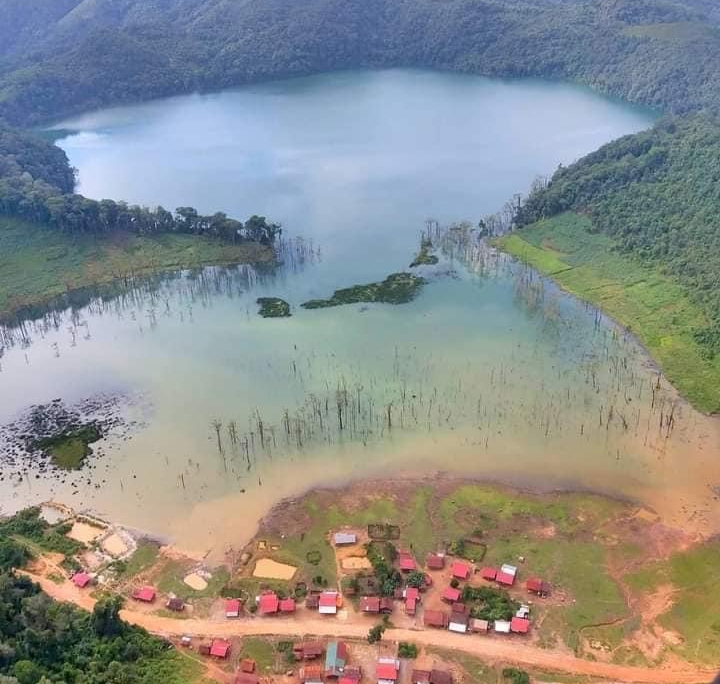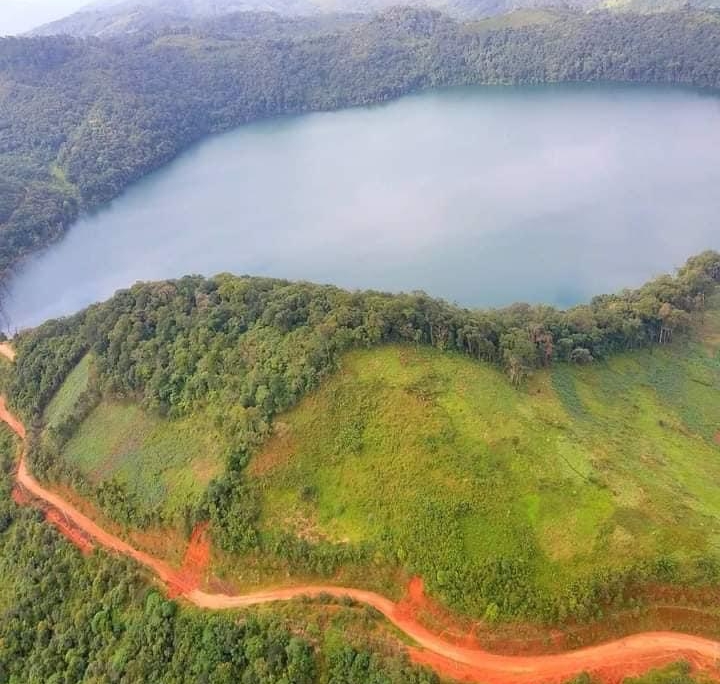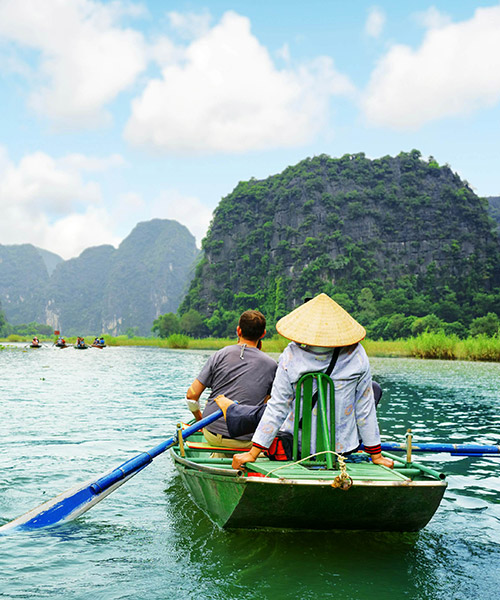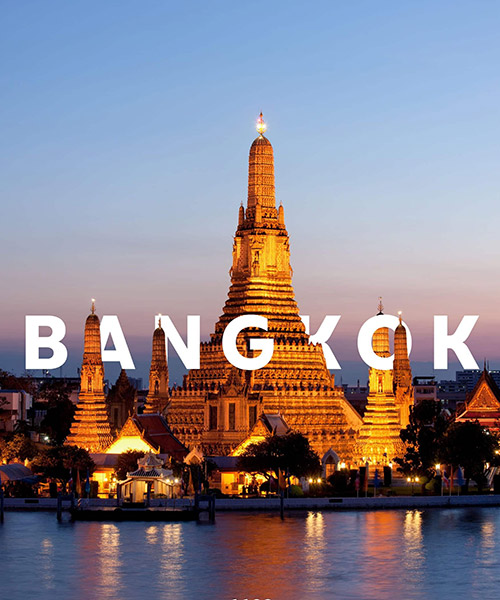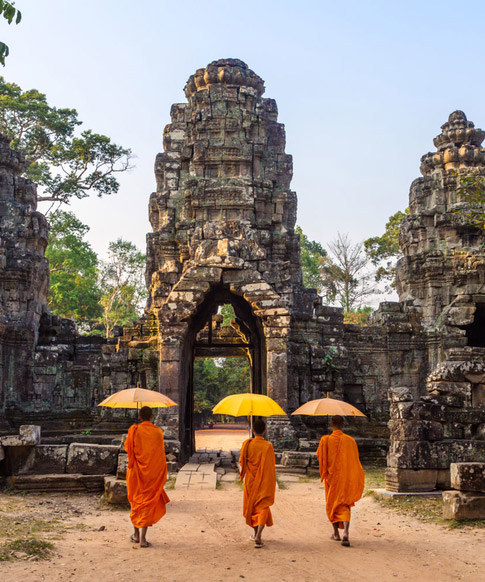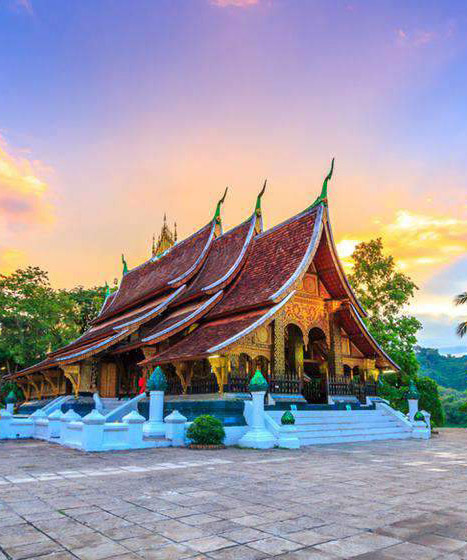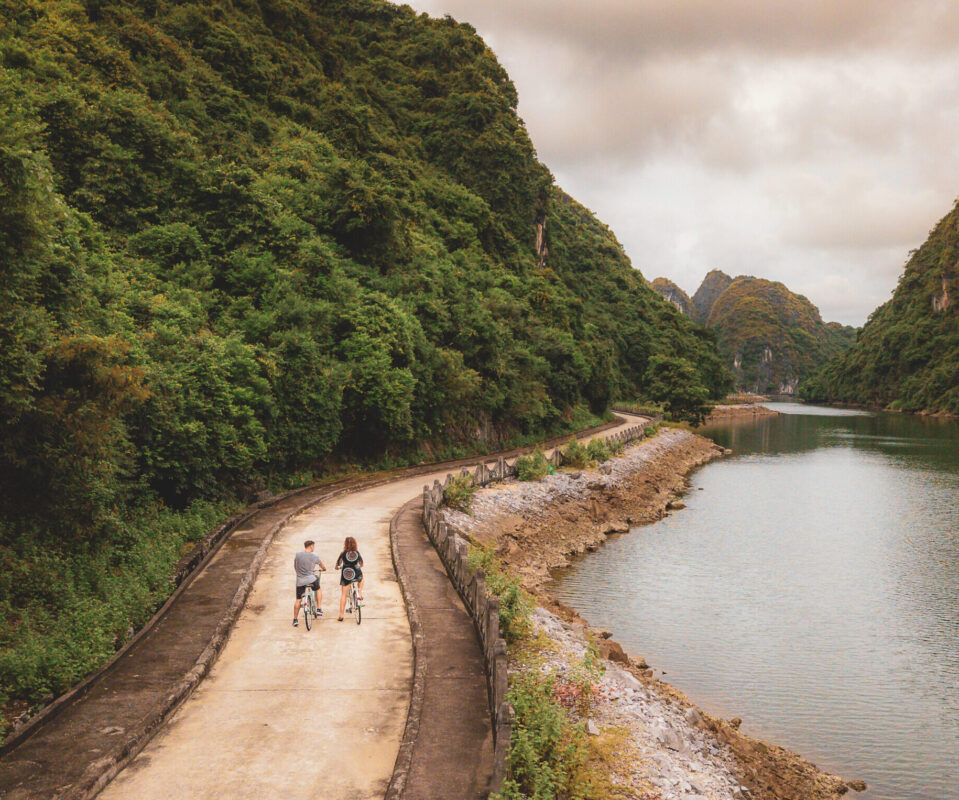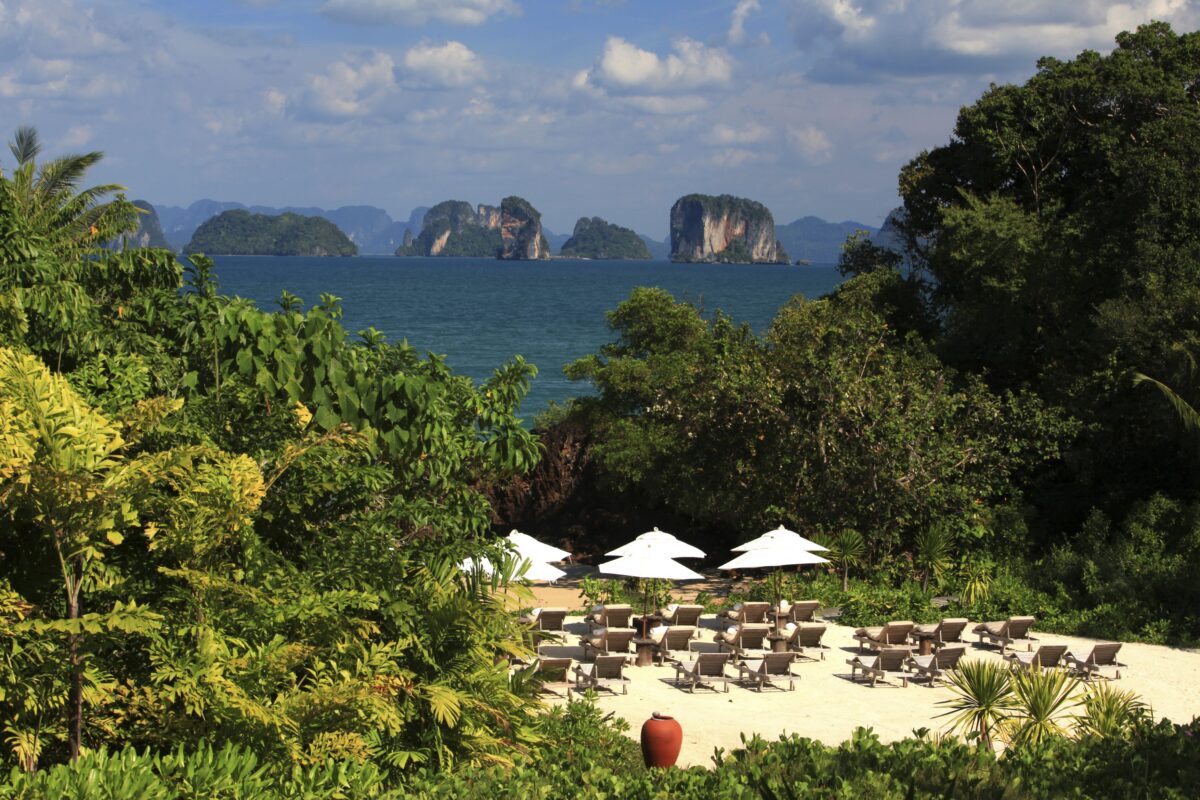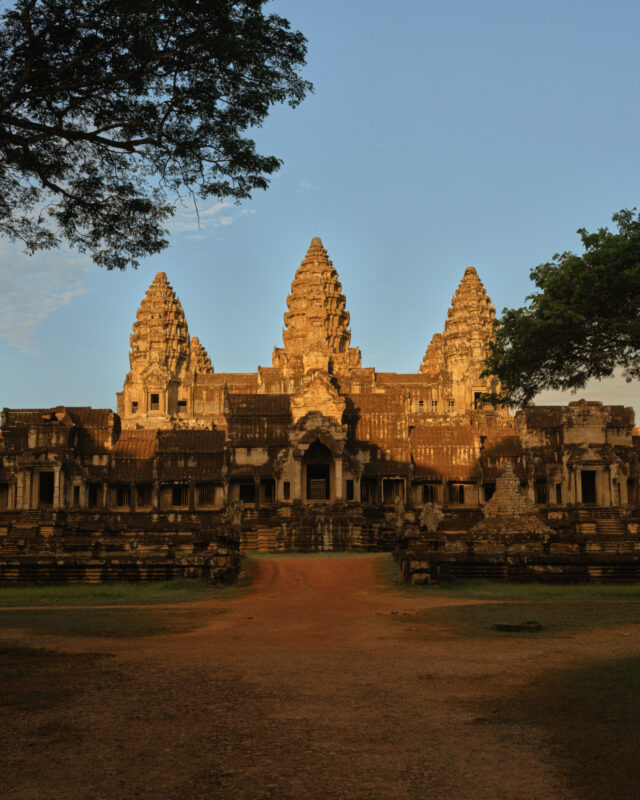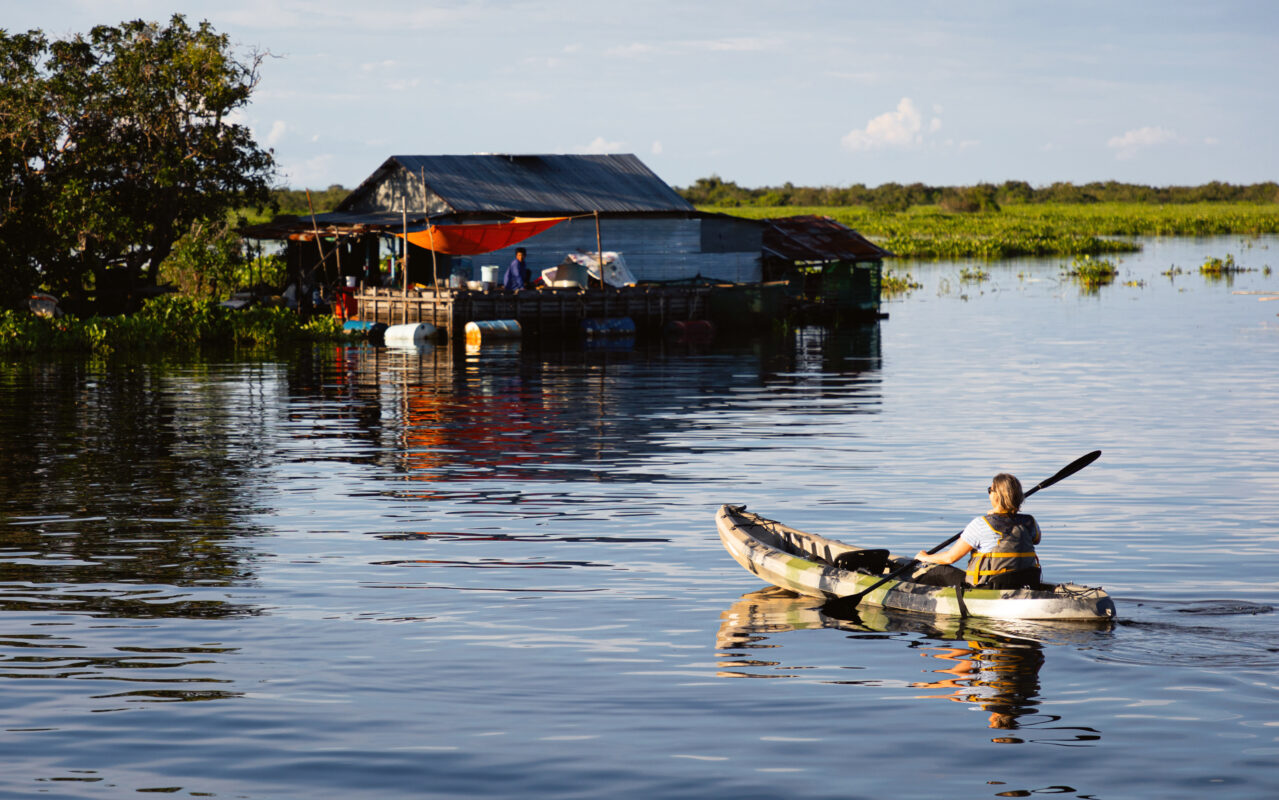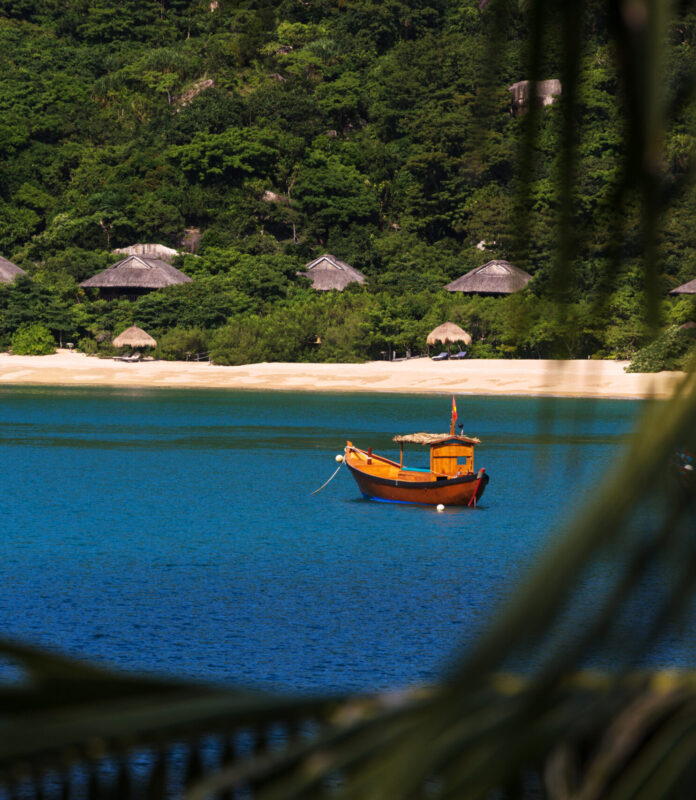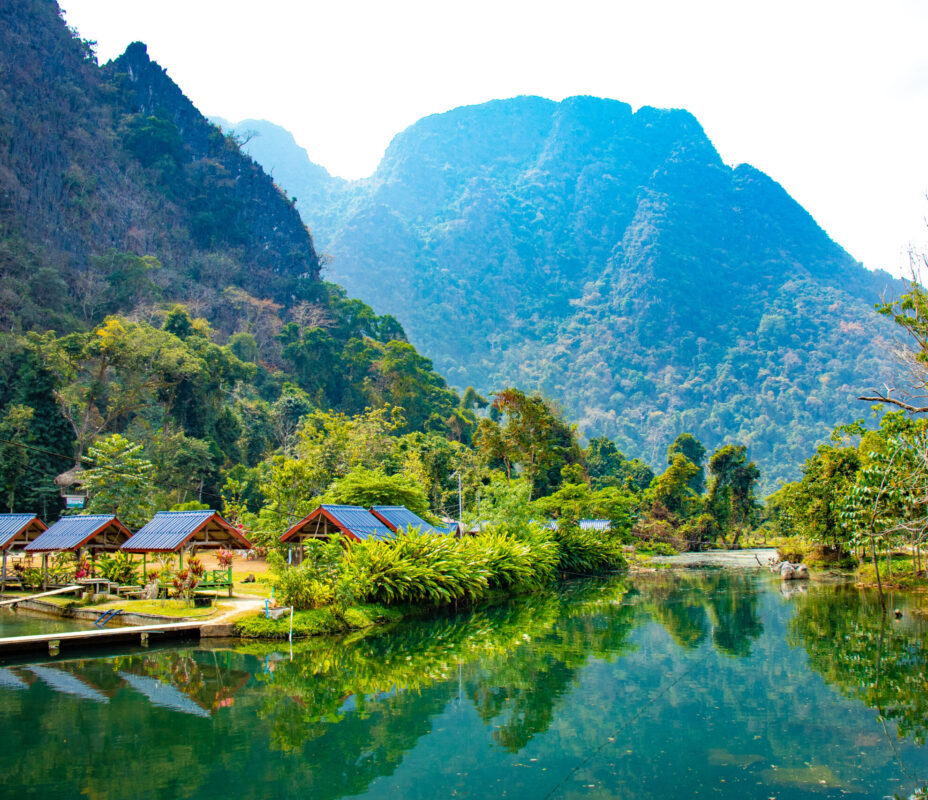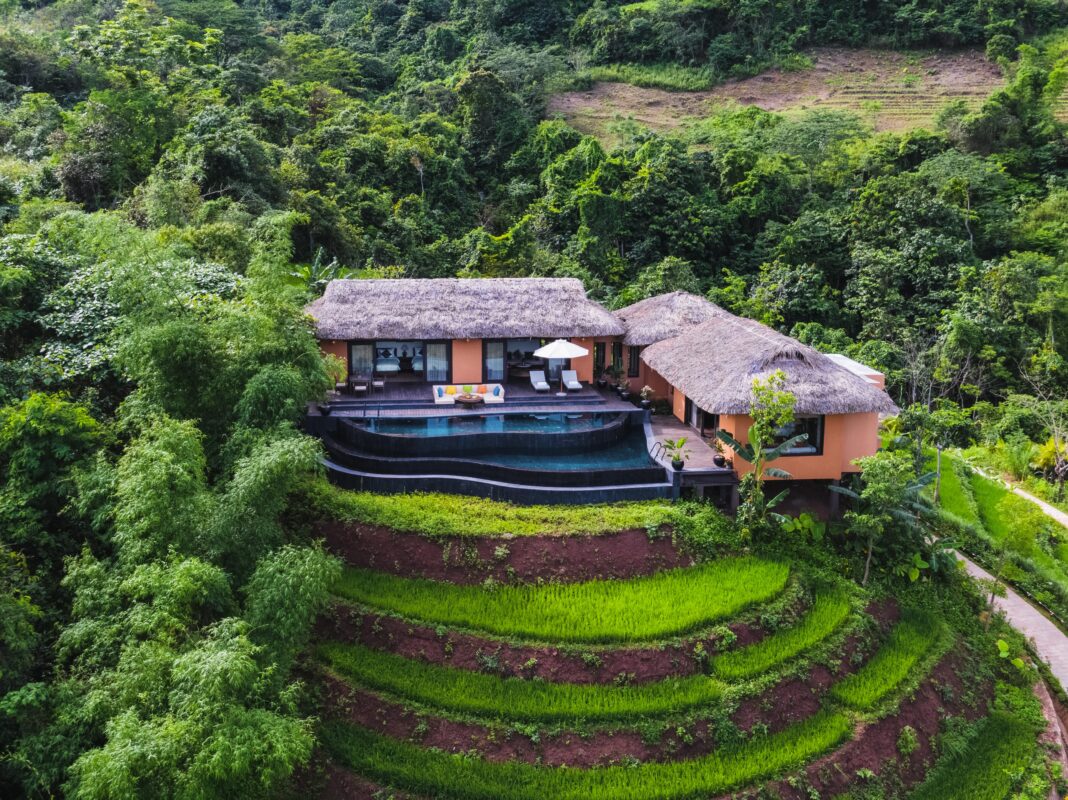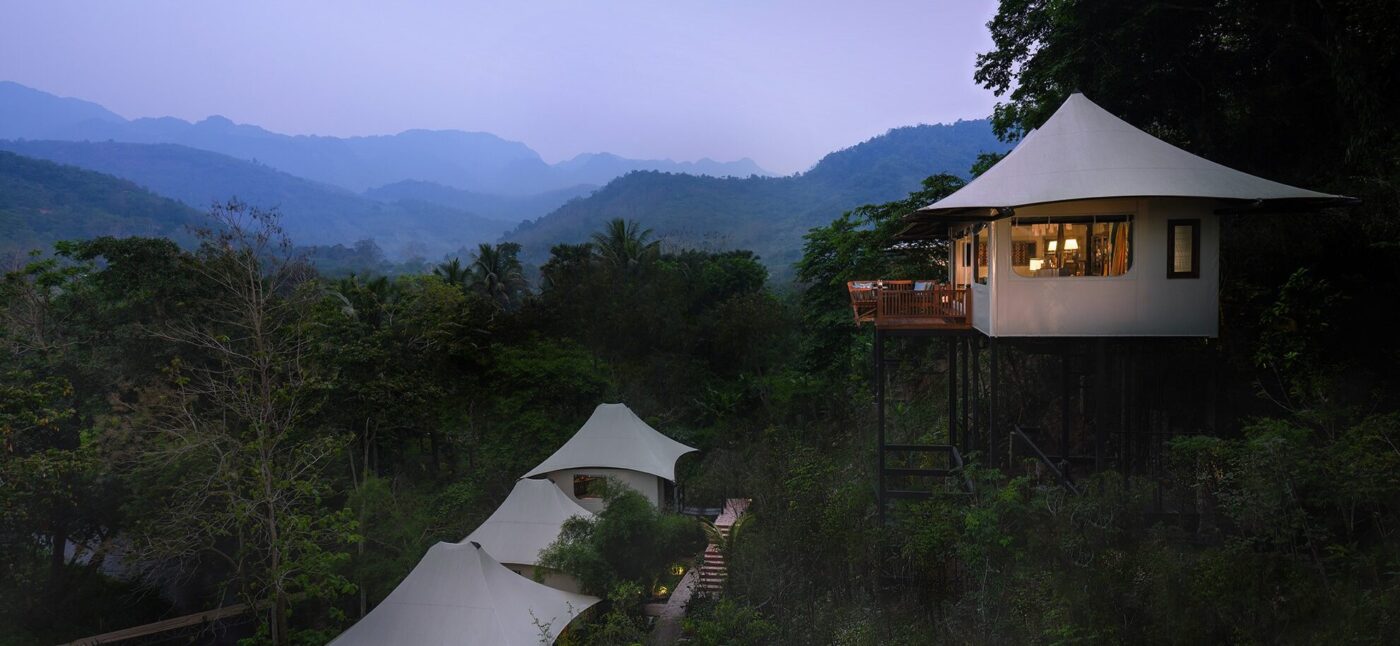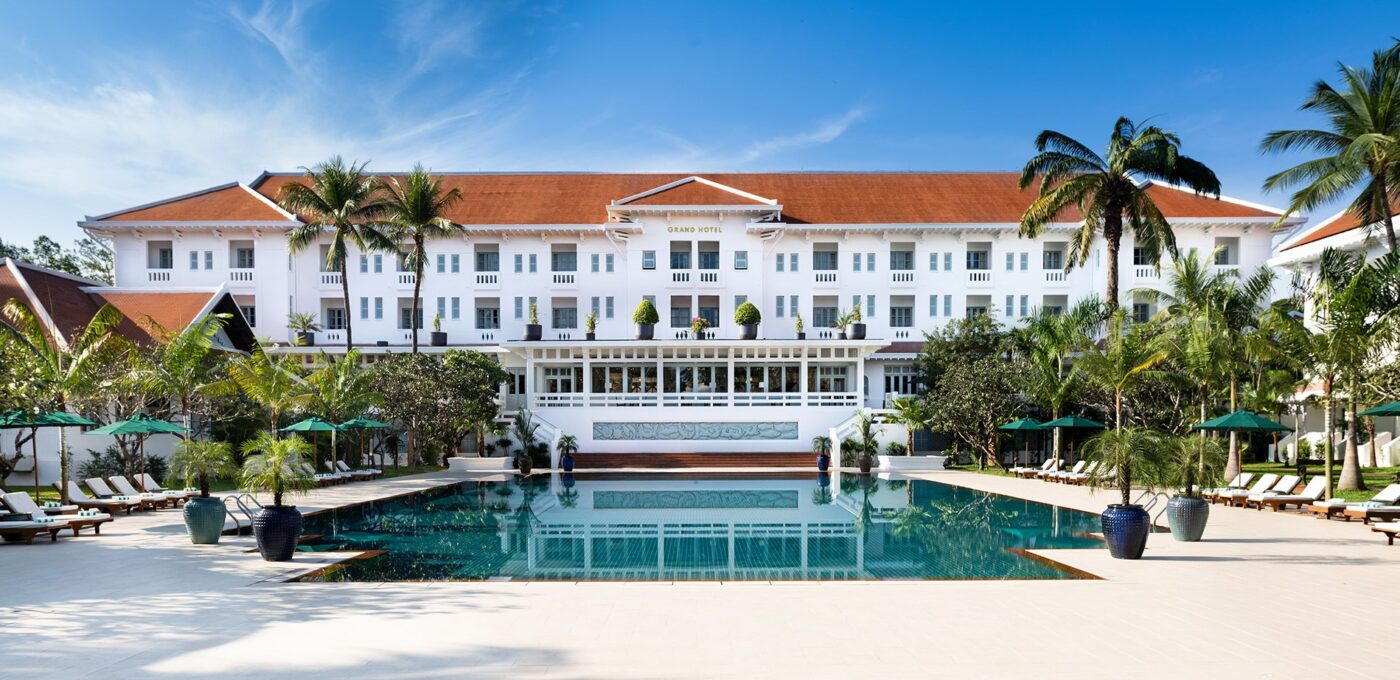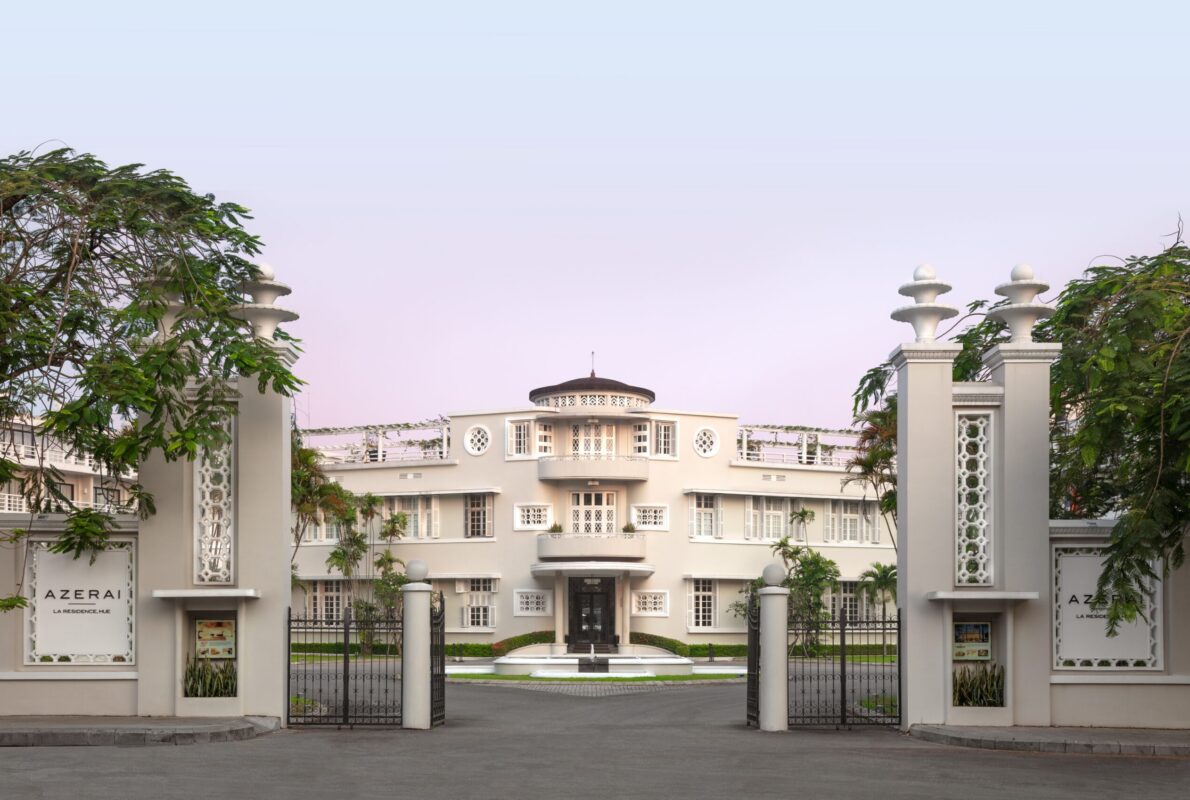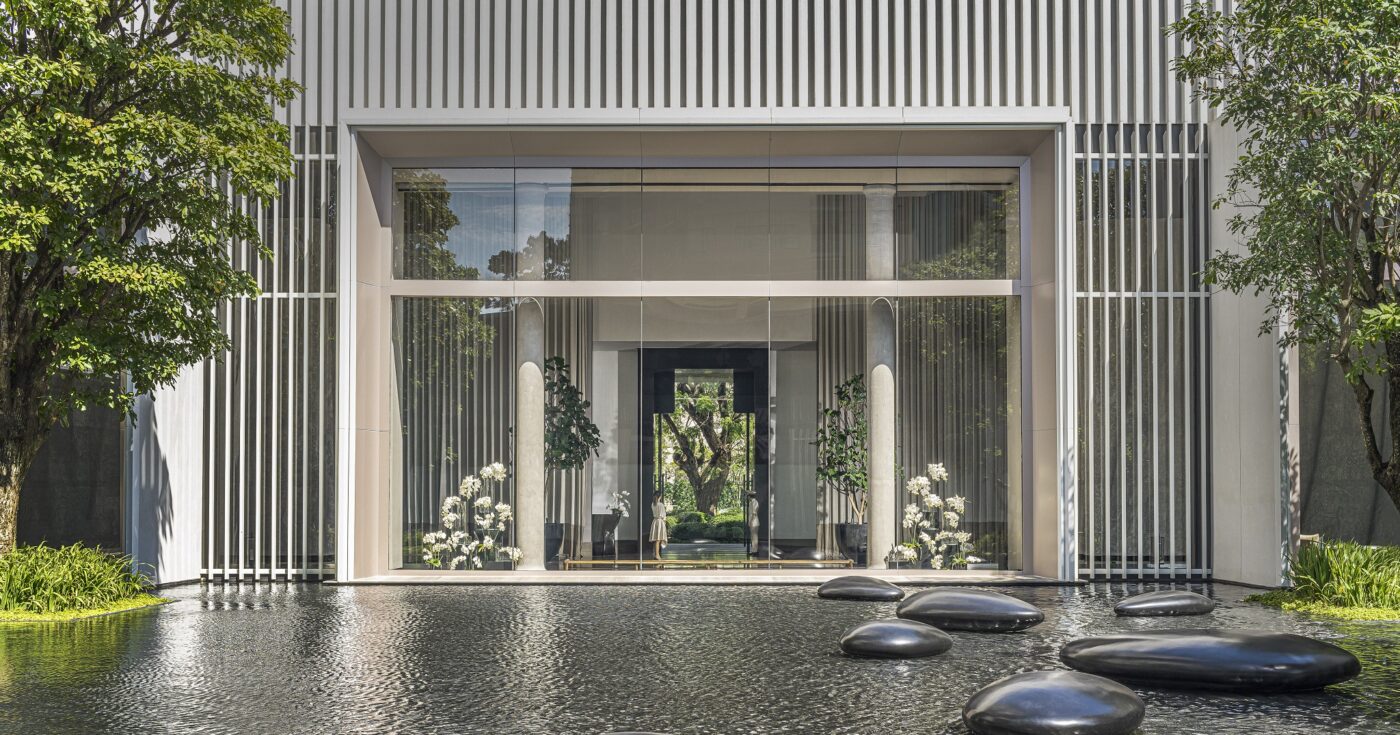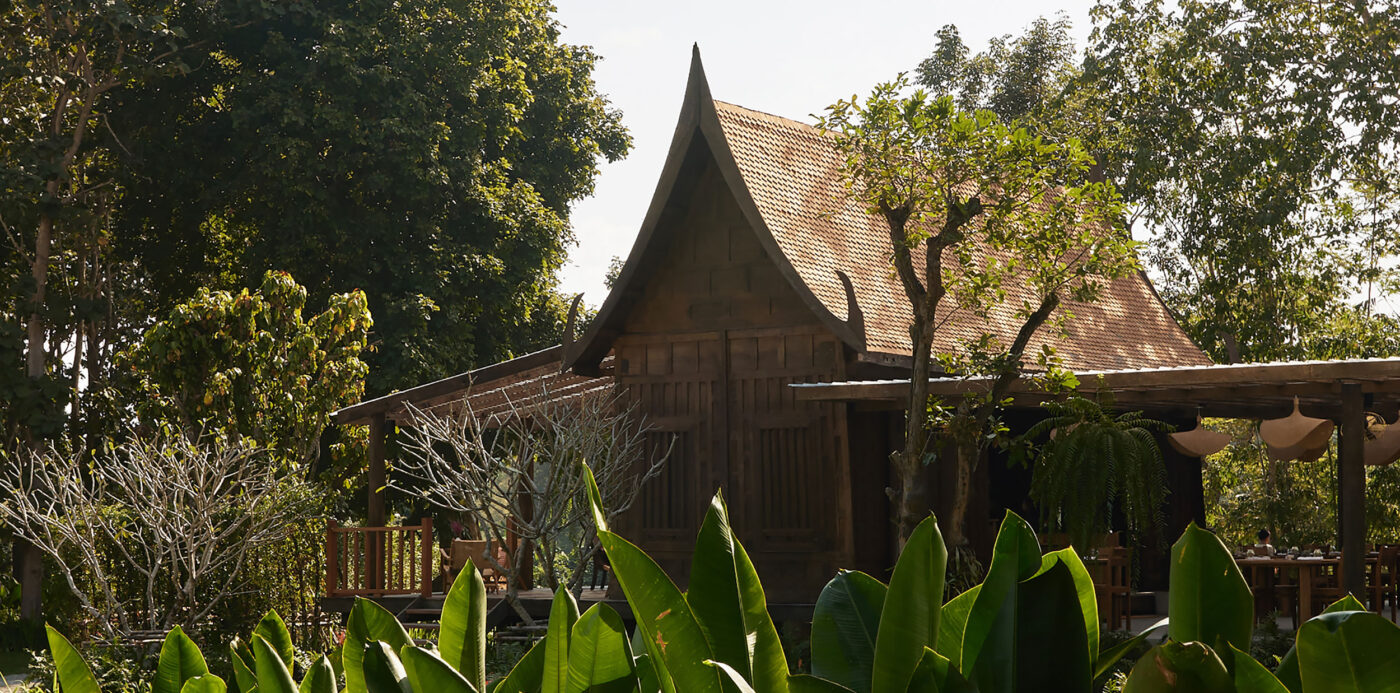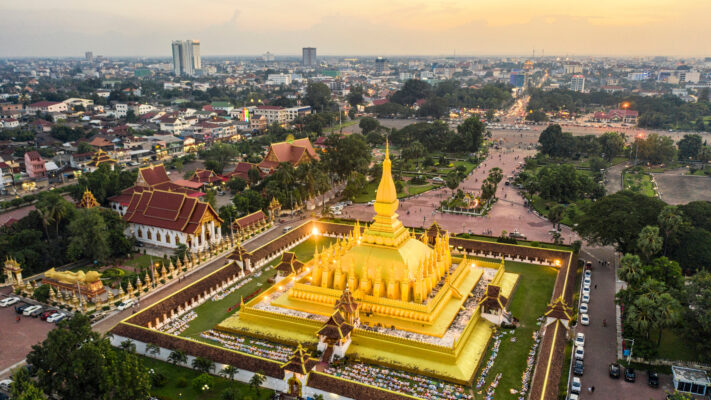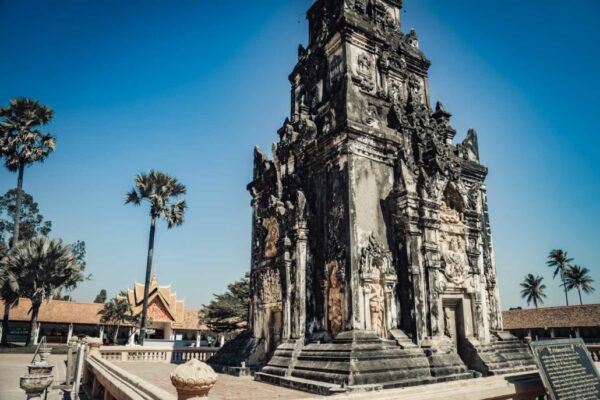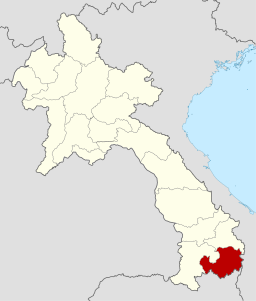ATTAPEU OVERVIEW
Located: Southern Provinces
Total area: 10,320 square kilometers
Population: 159,628 (2024)
5 Districts: Samakkhixay, Xaysettha, Sanamxay, Sanxay and Phouvong
Capital of the province: Samakkhixay
- Ethnically diverse
- Scenically beautiful
- Ho Chi Minh trail
- Ancient Arts
Attapeu is the southern most province in Laos and shares a border with Sekong in the North, Champasack in the West, Vietnam in the East and Cambodia in the South. The Bolaven Plateau is located in the Champasack Province and easily accessed from Pakse.
Attapeu is where one can find many minority people. Nine major tribes are in Attapeu: Alak, Katang, Kaleum, Katou, Suay, Nge, Lave, Tahoy, Nyajeung. The capital town, Samakkhixay is built in a large picturesque valley surrounded by mountains and the loop upstream. Attapeu Province is rugged, wild and very scenic. Parts of the Ho Chi Minh Trail can be explored from Attapeu, although using a local guide is essential. In the early morning you can visit the traditional market, where many different minorities go to buy and sell their products.
It has a rich history dating back to the Lane Xang Kingdom in the 16th century, as evidenced by the ancient stupa That Saysetthathirath, which local people believe to house the remains of King Sayasetthathirath. In more recent history, the province became known as the “Land of Heroism” for its strong role in the revolution. There is evidence of the war remaining today, mostly concentrated in the eastern part of the province along the Ho Chi Minh Trail. Attapeu is well-known for its diverse population of Mon-Khmer speaking ethnic groups that still practice traditional livelihoods and swidden farming under a variety of ecological conditions. Some of the main ethnic groups are the Lavae (Brao) located in Phouvong District, the Oy found mostly at the edge of the Bolaven Plateau, the Tailiang in Attapeu town and the Alak located in the eastern parts of Attapeu Province near the border with Vietnam.
Nature abounds in Attapeu Province. There is an extensive river network which includes the Xekong, Xe Kaman and Xe Xou Rivers. One can travel the Xekong River along the border of Cambodia and then up in the Xe Pian River with access to Xe Pian National Protected Area (NPA). There are three waterfalls along the Xe Pian River. Tad Saepha, Tad Samongphak and Tad Saeponglaican, which can be reached by foot or by boat with a local guide. Tad Phapong, a waterfall on the Xe Xou River is accessible by trekking or boating and is noted for its many colorful rocks that line the riverside.
Dong Amphanh NPA, located in the province’s north-east quadrant covers 1,975 km2 and has elevations ranging from 120 – 2,052 meters. The area is inhabited by a variety of rare and endangered species, including the buff-cheeked gibbon, Asiatic golden cat, clouded leopard, tiger, elephants and Trong Song muntjac. Some of Attapeu’s 280 bird species include the Siamese fireback, crested argus, the woolly-necked stork and rufous-winged buzzard. A remote and little known crater-lake called Nong Fa is the largest crater-lake in the country and has beautiful clear waters surrounded by pine forests. Exploration of these remote and beautiful area is possible with local guides.
The ancient art of traditional pottery is still practiced in Attapeu, including the production of large vessels used to hold rice wine called lao hai, Also unique are the crafts of the Taliang people which include weavings, bamboo baskets, bows and arrows, pipes and jewelry.
The main festivals of Attapeu belong to its many ethnic groups. Festivals of note (typically celebrated in February) are Boun Kin Ard of the Alak, Taliang and Ye groups and Boun Kin Aleub of the Lavae and Oy groups.
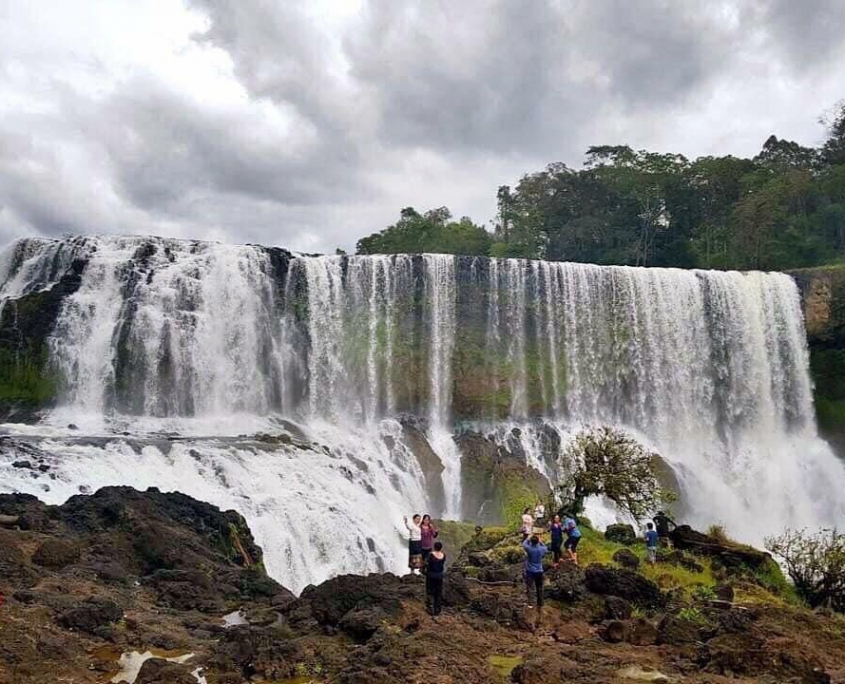
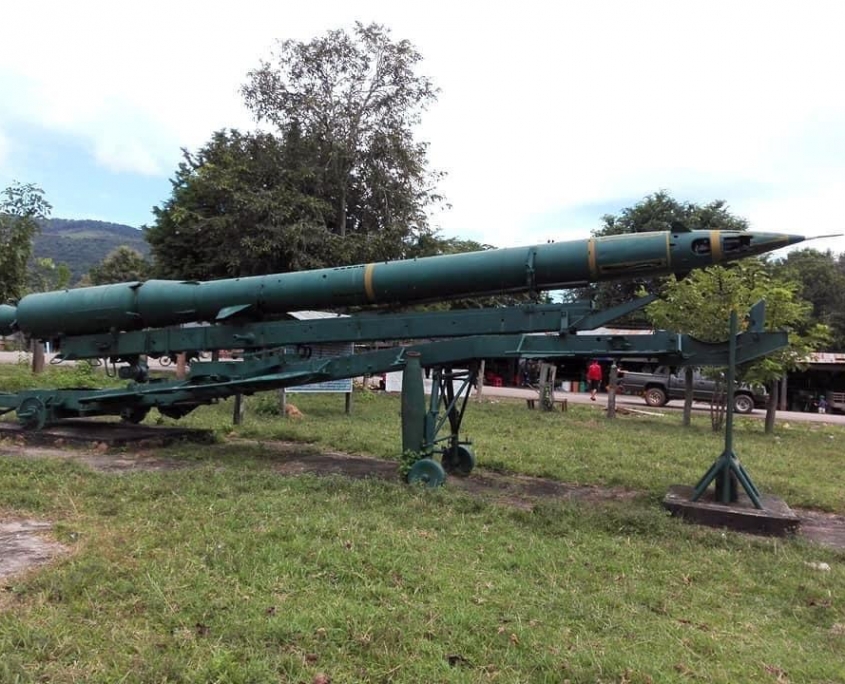
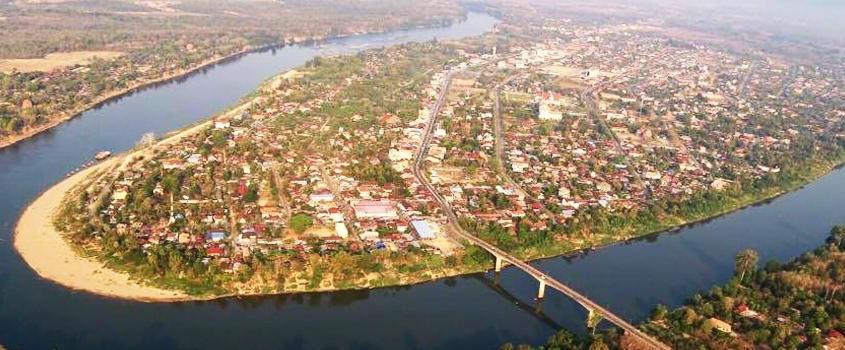
TOURIST DESTINATION
NONG FA LAKE
It used to be a 3-day walk from Sanxay District in the northeast of Attapeu, to Nong Fa Lake. Situated amid serene natural beauty and fenced by peaks of mountains, this virgin lake has all year round sky blue water. Nowadays, the lake can be reached by dirt road. It was formed by volcanic eruption over 1000 years ago. It was located on the top of a mountain 1200-1500 above sea level, and in the boundary of Dong Ampham National Protected Area. It is thought to be the biggest in Asia. Currently its depth and width have not yet been measured. Villagers believe the lake is sacred. Its banks and surroundings are green year – round, the stream coming off it provides irrigation. the area contains minerals, such as sapphire and gold provding excellent livelihood opportunities for the locals.
TAD HUA KHON WATERFALL
After about 17,5 kilometers along Route 11, a long bridge crosses the Se Nam Noi and you enter Attapeu Province. Just over of the bridge, at Km 18, a track leads east to Tad Hua Khon. The name translates as “waterfall of the heads”, owing to a WWII episode in which Japanese soldiers decapitated a number of Lao soldiers and tossed their heads into the falls. The falls are about 100 meters wide and 7 meters deep. This is a busy place on holidays and weekends.
TAD SAEPHA WATERFALL
This waterfall, located along the Xe Pian River inside the Xe Pian National Protected Area, can be reached on foot or by boat (rainy season) with a local guide from Ban Mai. A homestay program is maintained in Mai village as a community-based ecotourism initiative.
SAYSETTHA STUPA
This old pagoda at Saysettha District was construction in 1577 and represents a crucial moment in Lane Xang history when King Saysetthathirath died nearby. The great age of the stupa is evidenced by the original handmade bricks containing the rice grains.
